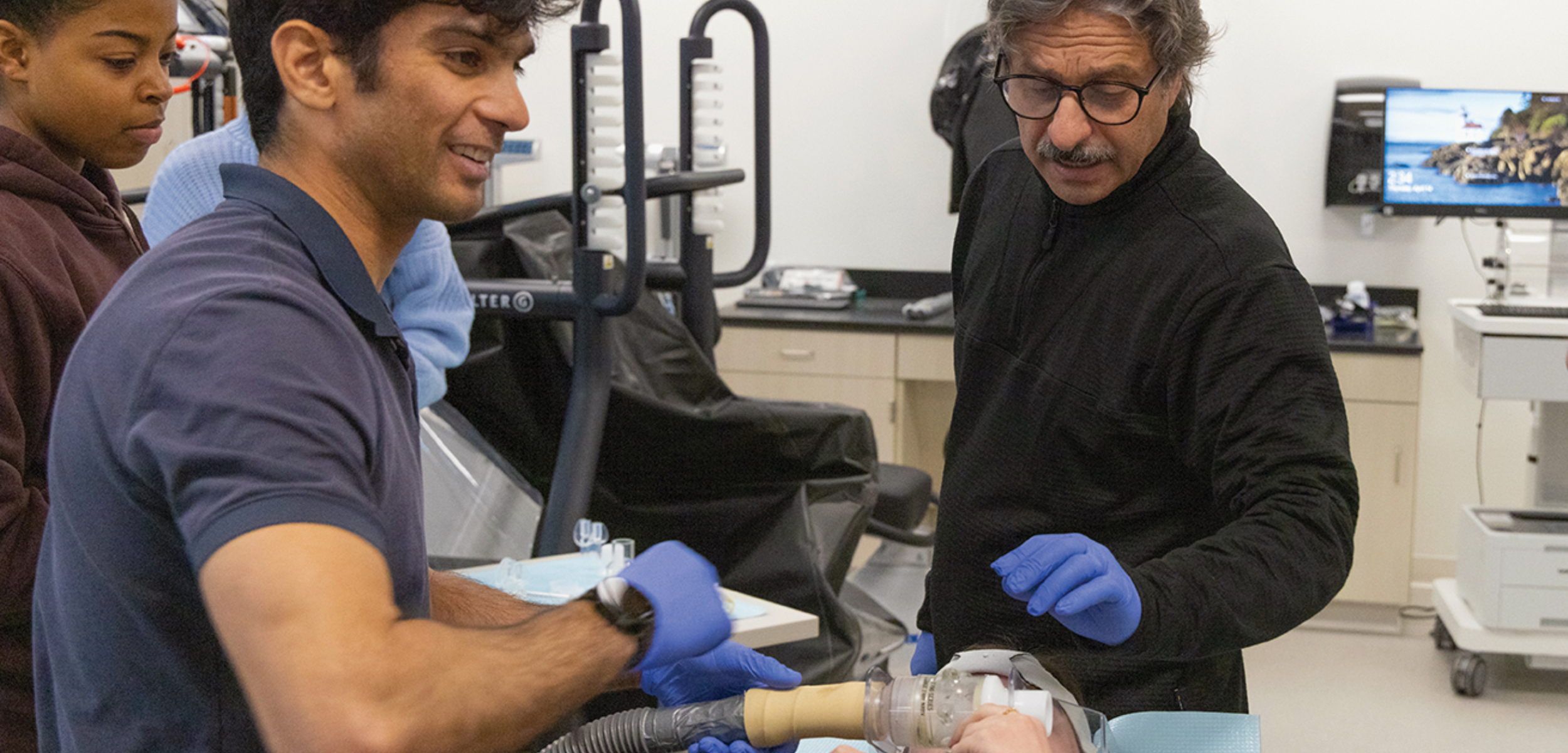
When preparing for post-baccalaureate programs and careers in health services-related professions, there is no substitute for experiential learning.
Students can attend all of the conferences, read every piece of literature, and immerse themselves in internet research. But until they have an opportunity to learn by doing, they are simply going through the motions.
The CWU Health Sciences faculty not only understands the value of bringing in graduates and undergraduates to participate in real-world research; they insist on it.
“Our department has a strong history of mentoring and working closely with students, both in the classroom environment and when conducting research,” said Leo D’Acquisto, a professor of integrative human physiology and exercise science.
“We try to provide as many mentorship experiences as we can because we want to expand our students’ knowledge about the structure and function of the human body, and teach them how lifestyle choices impact the well-being of the human body and society at large.”
D’Acquisto and his colleagues are always looking for new ways to involve their students in the scientific process, whether it’s collaborating on research or seeking out opportunities to present their findings at regional and national conferences, and publishing in peer-reviewed journals.
“Our students are extremely valuable to us when it comes to collaborating on research projects,” he said. “We believe in working closely with our students and doing our very best to prepare them for further academic studies and careers in health-related professions.”
The Health Sciences department regularly assembles teams of faculty and student researchers who work together to collect data, take measurements, evaluate data, and showcase their findings to large audiences, whether in person or in a scientific journal.
“The relationships we have with our students are reciprocal—we get as much out of them as they do out of us.”
—Jared Dickinson
“The faculty-student collaborative research effort is a hallmark of the department,” D’Acquisto notes.
More often than not, those faculty-student relationships develop into high-profile opportunities for Health Sciences graduates—many who continue on to earn advanced degrees, enter the medical field, become physical therapists, or teach in higher education. Some, like Jared Dickinson and Tim Burnham, return to CWU to impart their expertise.
“I began studying the consequences of aging on muscular and skeletal health during my graduate program at CWU 20 years ago, and I have really enjoyed continuing that work here as a professor,” said Dickinson (’06), a former student of D’Acquisto who started teaching clinical physiology at Central in 2020.
“The relationships we have with our students are reciprocal—we get as much out of them as they do out of us,” he added.
••••••
Practical Applications
Nutrition Professor David Gee subscribes to the same philosophy as his human physiology colleagues, tapping his students’ knowledge whenever possible. He appreciates their fresh perspectives, but most of all, he recognizes how beneficial these research opportunities are for their professional development.
“I like that my students have a chance to do important research that can have an impact on the general population,” said Gee, who began tapping into the National Health and Nutrition Examination Survey (NHANES) database in 2011-12.
During his year away from teaching, Gee traveled to Washington, DC, to uncover relevant research topics for his students to explore in NHANES, an extensive information repository maintained by the Centers for Disease Control and Prevention. He proudly reports that the results of his fact-finding mission back East were “career changing.”
“Collecting all that data has been very fruitful for my students,” Gee said. “I help them analyze the data, and then they use it to complete some very influential research. Now, graduates and undergraduates can use what they are learning to help people in their own communities.”

Professor Robert Pritchett, center, conducts research with his Exercise Science students.
Research collaborations have been producing similar results for biomechanics and clinical physiology Professor Eric Foch.
Over the past five years, he has been working alongside graduate students to gather data on female runners to help them prevent injuries to their hips and hip muscles.
Foch and his students have published a number of peer-reviewed studies, and he believes their findings have the potential to create a better quality of life for runners. But, at the same time, he recognizes that the primary objective of the studies is to help CWU students prepare for their careers.
“Like researchers at other institutions, our goal is to present valuable new information to physical therapists so they can use it to treat their patients,” Foch said. “The overall intention of this work is to help people. But, in many ways, it affects the researchers and graduate students the most.”
Another benefit to publishing health sciences research far and wide is that it makes the university more relevant in professional and academic circles. That recognition is something money cannot buy.
“This kind of work makes us current,” Foch said, “and even if the research doesn’t have a direct effect on the work taking place out in the world, it makes us a reliable source of knowledge when we attend conferences.
“We try to think beyond the textbook-and-exam format to give our students an accurate look at how things work in this field. That approach has helped us as instructors, and our students really appreciate having those experiences.”

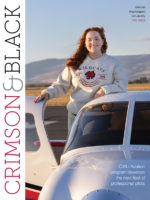
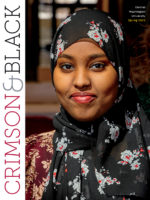
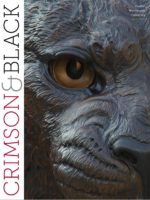
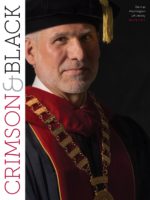
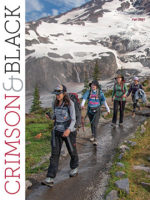
comments powered by Disqus